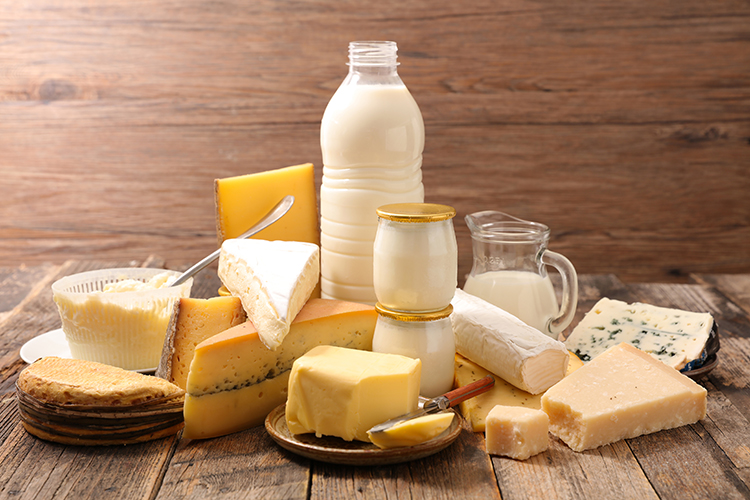
Class IV futures contracts have been trading higher on the CME when compared to Class III. Of course, Class IV tracks products such as dry milk powders and butter. And these days, those products have been selling at higher prices than cheese.
Cheese powered dairy through the pandemic as butter and milk powder sales languished during the darkest days of COVID-19. Now that more food service venues are opening, demand in the U.S. and aboard has picked up a great deal. And make no mistake, nonfat dry milk (NFDM) is positive for exports. That category has been doing well, too.
At the close of CME trading last week, monthly Class IV futures for November 2021 through October 2022 traded higher than similar Class III contracts. The strong forecast that has seen Class IV push toward a $19 average over the next 12 months has been directly linked to trading activity in which nonfat dry milk climbed to the highest price levels in seven years.
In the same way, butter looks to be buoying milk check prospects as well by moving to the highest price level since June 2020. Not only is butter selling well in the U.S. as it appears strong holiday orders have been coming in from food service and retail channels, U.S. exports have been picking up, too. The export front has been helped by butter prices about 30 to 50 cents higher per pound in the European Union and Oceania, respectively.
Make no mistake, Class III cheese remains critically important to milk checks as is absorbs a lot of milk. However, milk destined for cheese has simply been forecasted at a lower price over the next year when compared to Class IV butter powder. At the moment, that spread is about 55 cents per hundredweight on the CME.








